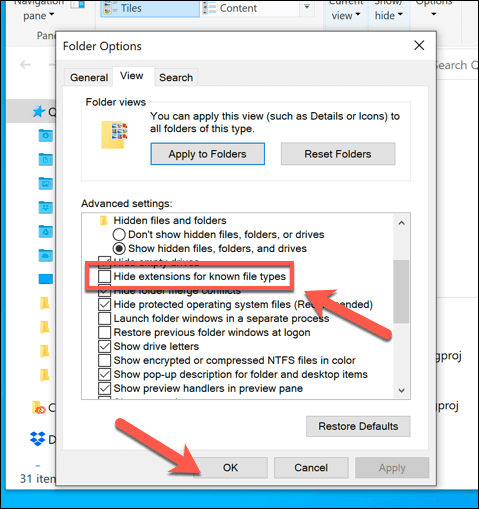

- Windows 10 how to view file types windows 10#
- Windows 10 how to view file types portable#
- Windows 10 how to view file types software#
- Windows 10 how to view file types Pc#
- Windows 10 how to view file types professional#
Select the “ View” option and select “ Details”, which can help you quickly locate your files. Step 2: Locate the deleted files you want to save in the Recycle Bin folder. Step 1: Open the Recycle Bin by double-clicking the Recycle Bin icon on your Desktop. Steps to restore deleted files from recycle bin
Windows 10 how to view file types portable#
You may find the deleted files not in Recycle Bin if you empty the Recycle Bin manually, the deleted files are too large, or files stored on portable devices get deleted. All deleted files should go straight to the Recycle Bin. Whenever you deleted your data accidentally, the recycle bin is the first place to check. It does not mean deleting a file permanently in Windows 10. The majority of computer users delete files by selecting them and right-clicking “Delete” or taping “Delete” on the keyboard. Restore recently deleted files from Recycle Bin Follow the steps below, at least, one of those methods will help you get deleted/lost files back.
Windows 10 how to view file types windows 10#
Here are several proven methods to recover deleted files on Windows 10 computers whether you have backup files or not. How to recover deleted files in Windows 10? You can try to restore your permanently deleted files by the methods provided in this article.
Windows 10 how to view file types software#

Windows 10 how to view file types professional#
Only professional tools can scan the hard drive and find the deleted data from it. The files are still stored in your hard drive but marked as inaccessible data, but you can't recover them directly by yourself. Where do all permanently deleted files go?Īfter you deleted files, your computer doesn’t erase them entirely and immediately. Then, you need to take action for file recovery immediately. This step is essential to decrease the risk of files being overwritten. To rise the success rate, it is important to remember that you must stop using the system or hard drive since you deleted the files. If you want to recover permanently deleted files without backup, the third-party data recovery software could be the best choice for file recovery. However, vital files might be accidentally deleted. There are several methods to recover permanently deleted files in Windows 10, but many of them require different types of backups.
Windows 10 how to view file types Pc#
Have you ever deleted your files permanently and wanted lost files to be retrieved? You may want to delete unneeded files from your PC for space-free or privacy purposes. Kindly know how can I recover permanently deleted files without backup. But I accidentally deleted an important document. NOTE: To hide file extensions again, check the checkbox next to "Hide extensions for known file types" in "Advanced settings," and click OK or Apply.I pressed the Shift+Delete keys to delete files in Windows.




 0 kommentar(er)
0 kommentar(er)
